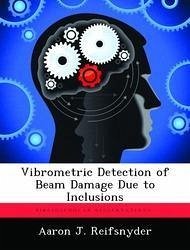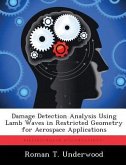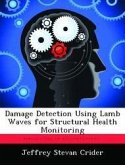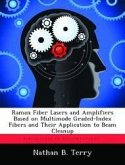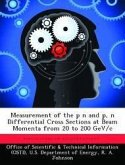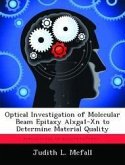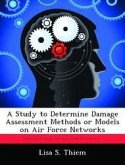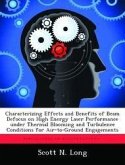The Air Force Institute of Technology, in conjunction with the Structural Health Monitoring branch of the Air Force Research Laboratory, is researching methods of determining effects of notch location and size on beam structures using modal frequency analysis. This thesis explores the ability to detect included notches of varying magnitudes and locations within the frequency domain of an isotropic cantilever beam. A series of experiments employing centerline-notched 2024 T3 and 2024 O aluminum beams was used to determine whether natural frequency measurement in beam structures is a valid mechanism for damage detection. Each specimen was excited by a strain actuator and the dynamic beam response measured using a laser Doppler vibrometer, thereby obtaining eigenvalues and eigenvectors for each case. Results are analyzed for frequency degradation trends based on location, notch length, and vibration mode. Correlation is made between experimentally observed values, ABAQUS modeling, and a series of MATLAB predictions utilizing a finite element solution approach developed by Perel and Palazotto (2002). It is determined that modal frequency analysis is an adequate global indicator of damage presence and magnitude, which reduces global stiffness. Damage location is not easily identifiable from the data. It is also determined that ABAQUS and the MATLAB solution approach are accurate to within 10% of experimental resonant frequency values for short notch lengths and low vibration modes, but highly deviant from experiment for longer notch lengths and higher modes. Residual stresses contained in the 2024 T3 specimens from cold working are determined to have minimal effect on beam dynamics.

